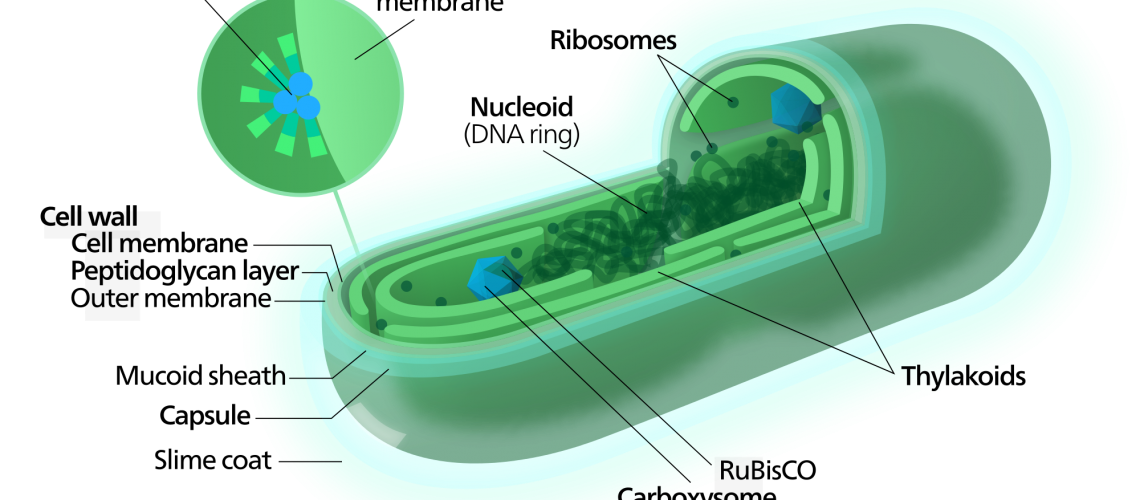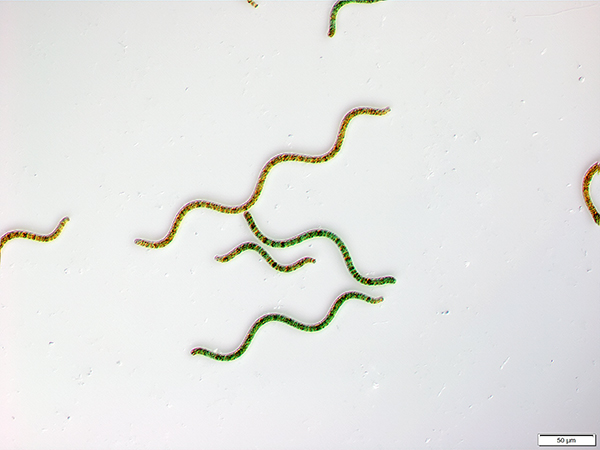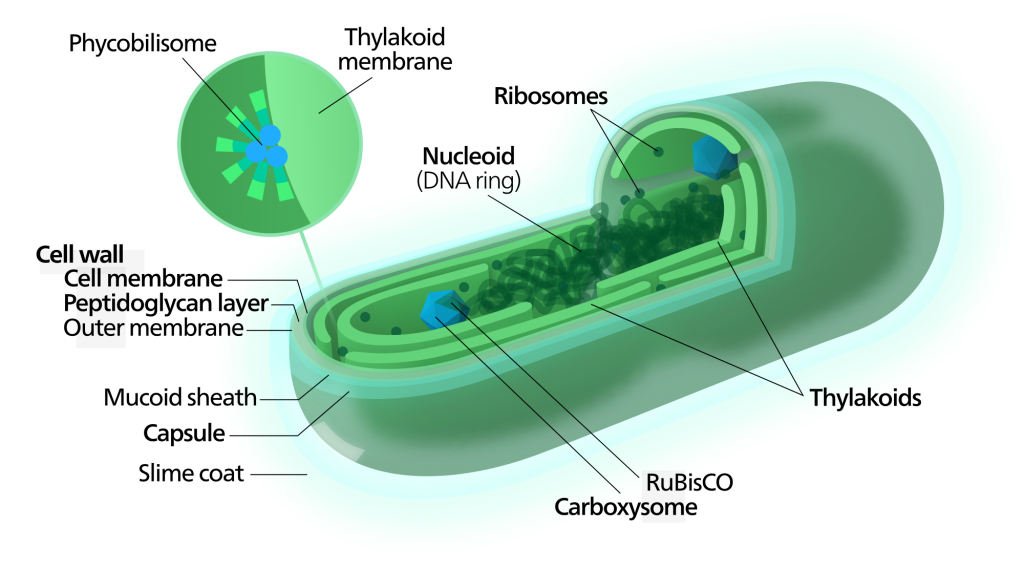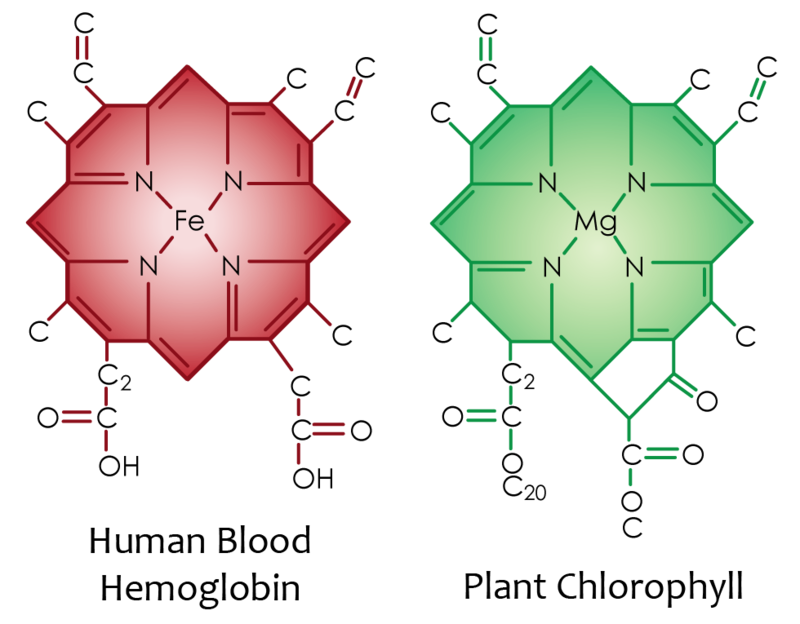Free Shipping Australia Wide
Made with under the sun daily.
Free Shipping Australia Wide
Made with under the sun daily.

So what is spirulina? Spirulina is a tiny organism living in fresh alkaline bodies of water (Alkaline means ‘not-acid’ or pH above 7).
The size of this microscopic organism is between 300 to 500 microns (0.3 – 0.5mm). Such a small size is hard to see with the naked eye but certainly possible. You could see spirulina with your eyes, with no instruments very closely, even on a cloudy day. Spirulina is a single-cell organism clustered together, forming the shape of a spiral or a helix.
You have probably heard of other sea algae and seaweeds like Nori, Dulce and Chlorella; for example, those all fall under the same definition and mean ‘vegetables’.
Not spirulina; however, spirulina is what’s called Cyanobacteria. ‘Cyano’ means ‘relating to the colour blue’, especially dark blue. Where ‘bacteria’ is a single-celled organism. Spirulina belongs to the group of good bacteria, and calling spirulina cyanobacteria is like calling it blue-green algae. Are you still confused? Don’t worry; we’re getting there. Keep reading.

In other words, what is spirulina? Spirulina (Arthrospira platensis/maxima) is a naturally occurring blue-green microalgae that grows and thrives in warm, alkaline lakes (i.e., a non-acid environment with high pH).
Wild-grown spirulina sustains flamingos in the East African Rift Valley lakes and has the strength and ability to thrive in conditions where other algae cannot grow (e.g. the high pH).
It is a single-celled organism that turns sunlight into micro-nutrients supporting life and providing energy. It is one of the early life forms originating more than 3.6 billion years ago, and its spiral shape gives it the common name of spirulina.
One of the common attributes that vegetables (like those described above) and plants share is their cell wall being made of cellulose.
As you know, humans cannot digest cellulose (like chlorella, for example) because we don’t produce the appropriate enzymes meant to break down those relevant molecular links called Beta Acetal. The latter is building the cellulose molecular structure and making the plant’s cell wall, which humans cannot digest.
Spirulina, being a bacteria, its cell wall isn’t built from cellulose but from a complex of sugars and proteins (Peptidoglycan).
Such structure, unlike cellulose, makes it available to our human enzymes to break, digest and absorb the spirulina and its abundance of nutrients.
Such absorption is done quickly and effortlessly, and that, in other words, means that spirulina’s content is much more bioavailable for us.
That is, in short, what spirulina brings us to ask what are spirulina’s health benefits.

You probably heard more than once that spirulina is a complete food and the richest in nutrients. These aren’t empty claims.
These claims are supported by numerous scientific researches, some of which are available for you to review at the bottom of this short article.
For example, spirulina offers more protein than beef, more iron than spinach, more beta-carotene (vitamin A) than carrots and more calcium in milk.
Additionally, spirulina is a great source of phytonutrients and phytochemicals (i.e. antioxidants). Those are a source of the human body’s natural protection. They are low in fats and extremely easy to digest.
What is spirulina? Spirulina is a safe blend of micro and macronutrients, enzymes, vitamins, minerals, proteins, and phytonutrients with abundant goodness encapsulated in one tiny cell with high bioavailability.
Spirulina has amazing properties and, in many ways, can be considered a Super Food
All the essential vitamins and minerals a body requires can be provided by spirulina; these offer various benefits to the human body, like nourishment, mental clarity, assisting in cancer recovery, depression help and many others.
Several scientific studies show spirulina to have the ability to inhibit viral replication; in particular, it was found that 5-10 mg/ml of spirulina will inhibit the HIV-1 virus, otherwise known as the AIDS virus.
Food and Agriculture Organisation of the United Nations
Spirulina contains the eight essential amino acids needed for the human body.

Spirulina reduces inflammation and adds to the health of the brain and the nervous system.
It contributes to cleansing toxins from the body and improves digestive function and metabolism. It also benefits the health of the vision system, the heart, and the liver.
So, what is Spirulina? It’s a superfood that boosts immunity, reduces allergies, and energizes. Importantly, athletes use it for enhanced performance and speedy recovery.

Founded in Southeast QLD and located on Certified Organic farmland, we are an Australian-made Fresh Spirulina commercial farm. We are subject to the Australia New Zealand Food Standards Code and produce fresh Spirulina using food-grade nutrients only, pay attention to the freshness and health of our spirulina.
You can visit us at our social media pages at facebook.com & instagram.com
Founded in Australia, Southeast QLD, Fresh Spirulina is a local biotech health company conducting research and innovation of micro & macroalgae as plant-based food products.
By appointment only
Monday - Friday: 08:00am - 16:30pm
Saturday - Sunday: Closed
'Let's Encrypt' SSL certificate installed on this website
*Disclaimer: Spirulina is Food, not drugs or medicine. Statements made, or products sold through this website, have not been evaluated by the Therapeutic Goods Administration (TGA) Australia. They are not intended to diagnose, treat, cure or prevent any disease. Read More »
All rights reserve © 2023, Fresh Spirulina Australia